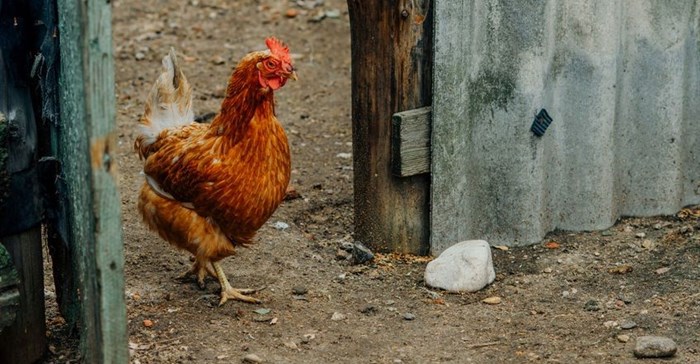New nitrogen removal technology reveals poultry manure potential for anaerobic digestion
In the past anaerobic digestion of poultry manure was not a feasible option as the high concentrations of ammonia in poultry manure are toxic to the digester.

The current view of poultry manure is that it is a waste stream with little value other than for application on agricultural land, as feed for livestock, or incineration for heating. However, there are still challenges associated with these applications namely: eutrophication and the inefficient N/P ratio for fertilisation; the spread of pathogens; and the contribution to greenhouse gases and the low calorific efficacy of incineration.
Converting, developing waste streams
Poul-AR is a technology based on nitrogen removal from poultry manure via two consecutive biological and chemical processes.
The nitrogen released as ammonia is recovered as a liquid nitrogen fertiliser. The manure is then digested to produce biogas. This biogas can then be separated into biomethane and food-grade carbon dioxide. The bio-methane can be compressed into CNG (compressed natural gas) where it has a variety of heating and fuel applications, and the CO2 also has a desirable commercial value. The remaining digestate is dried and compressed and can be sold as a phosphorous-rich fertiliser.
Thus, converting one waste stream into four valuable product streams.
The process has been developed over the past three years and tested in the laboratory and pilot scale.
In 2016 the first pilot trials were demonstrated in the Netherlands with the help of the Dutch government. This was followed by a demonstration in Turkey in 2017 and in 2018 Aquest Colsen (a South African subsidiary of Colsen BV) partnered with one of the largest poultry processors in South Africa to demonstrate the technology in a local context. There is an enormous global interest in this technology because of its environmental importance. It is also interesting for the poultry farmer as it turns a waste stream into a profitable revenue stream.
In South Africa, it is common practice to use wood shavings as bedding for broilers. The challenge with this is that wood shavings have little biogas potential. By conducting a pilot trial in South Africa, Aquest Colsen were able to build confidence by one of South Africa’s largest poultry producers in the technology’s efficacy; and challenges associated with wood shavings could be overcome and the biogas potential was significant enough to present a viable business case.
This project is part of the International Climate Initiative (IKI). The Federal Ministry for the Environment, Nature Conservation, Building and Nuclear Safety (BMUB) supports this initiative on the basis of a decision adopted by the German Bundestag.
Funding for work done was provided, in part, by the German Development Bank (DEG)





















































































